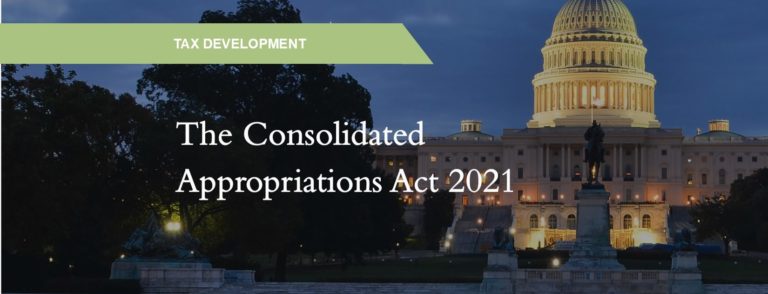How have changes to IRAs impacted you?
Over 63% of all households have retirement accounts with an estimated $9.5 trillion in Individual Retirement Accounts. For many families, this is the primary savings plan for their retirement years. In December 2019, the Setting Every Community Up for Retirement Enhancement Act (SECURE) was passed to boost retirement savings as families grow and age.
The law makes multiple adjustments to retirement plans, individual retirement accounts, and 529 plans affecting the ability to same money for retirement and influencing how funds will be used in the future.
This article reviews some of the important changes to consider when re-evaluating your plan and how to give so that you can be the best steward of your retirement savings.
Required Minimum Distributions (RMDs):
The SECURE Act raises the age after which you must begin taking RMDs from 70½ to 72. This applies to individuals who reach 70½ after 2019. If you are born on or after July 1, 1949, you won’t need to start taking RMDs until after reaching age 72. Delaying withdrawals and taxation could enable greater growth of your retirement plan assets.Continued Contributions:
From 2020 on, if you are over 70½ you can continue to contribute to your traditional IRA if you have earned income. This could allow you to shelter more income and grow your overall retirement.Inherited Retirement Assets:
Previous to the new SECURE Act, beneficiaries had the option to leave IRA funds in the account to grow for decades tax-free. In the past, if you chose to pass your retirement assets to the next generation, they could extend mandatory distributions (and the taxation of such) to match their longer life expectancy. With the new SECURE Act, beneficiaries must make full distribution of the inherited funds within 10 years. A few caveats exist for spouses, disabled individuals, and individuals not more than 10 years younger than the account owner. Minor children beneficiaries delay the 10-year rule until they reach the age of majority (18 in most states). Given that many inheritors will be hit with taxation on mandatory withdrawals, retirement account owners will want to strategize if this is the best asset to leave to a non-spouse beneficiary.Ability to Give:
Owners of IRAs that give to charity and are not dependent upon their required minimum distribution find the strategy of giving straight from their IRA to their favorite charity to be appealing. After reaching age 70½, you can make qualified charitable distributions (QCD) of up to $100,000 per year directly from your IRA(s). This strategy reduces your IRA account balance without you paying any income tax on the charitable distribution. SECURE makes a slight change to this strategy in that your annual QCD allowance may be reduced by any new contributions you make to your IRA in years after you are 70½.
Changes brought about by The SECURE Act will cause retirement account holders and their estate planning advisors to rally with updated plans. A number of these provisions will be subject to interpretations from the Internal Revenue Service or other authorities. As always, you should consult with your tax advisor regarding your unique situation.






